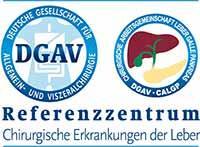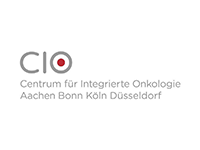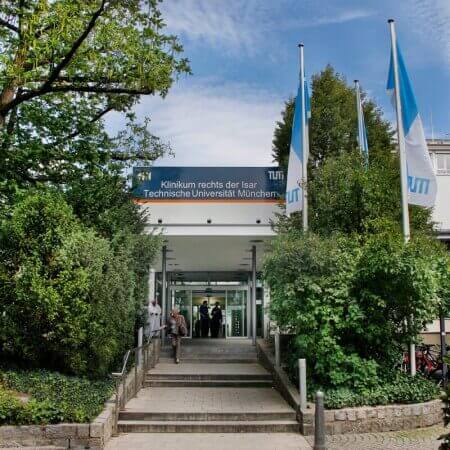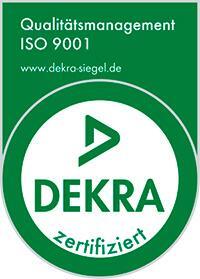Carotid stenosis is a narrowing of a blood vessel that is one of the causes of stroke. Stenosis develops due to atherosclerosis. Gradually, the walls of the blood vessels are covered with dense plaques from the inside that block blood flow. They are formed due to high blood pressure, high blood cholesterol levels, obesity, smoking, and low physical activity. The disease is constantly progressing and without treatment can lead to stroke. To prevent the development of this complication, doctors remove plaques and blood clots from the carotid artery or dilate the lumen of the blood vessel with a stent.
Content
- What is carotid artery stenosis?
- Surgical treatment
- Minimally invasive treatment
The treatment of carotid stenosis involves the use of open surgery and endovascular procedures. The open surgical intervention can be classic or eversion. In the case of classic endarterectomy, the vessel is cut lengthwise, cleaned of plaques, and sutured using a patch. When performing the eversion operation, the surgeon cuts the vessel crosswise, turns it inside out, cleans, and returns it to its site. Instead of open surgery in Germany, you can undergo a minimally invasive procedure: angioplasty or stenting.
You can undergo treatment at the University Hospital of the Ludwig Maximilian University of Munich, the Charite University Hospital Berlin, and the University Hospital in Frankfurt am Main.
Please leave your request on the Booking Health website, and we will select the most suitable clinic and doctor for you, help you collect medical documents and obtain a visa, arrange your flight, and provide the services of an interpreter and a personal medical coordinator.
What is carotid artery stenosis?
Carotid artery stenosis is a narrowing of this artery. It is the result of the formation of atherosclerotic plaques. Depending on the degree of the blood vessel narrowing, stenosis can be:
- mild – up to 29%;
- moderate – 30-69%;
- severe – 70% or more of the total lumen of the blood vessel is blocked by plaque.
The brain is fed mainly from two arterial pools: 85% of the blood it receives comes from the carotid arteries, and another 15% from the vertebral arteries. Therefore, carotid artery stenosis increases the risk of developing stroke. To prevent it, doctors use drug therapy or perform surgery.
With mild to moderate stenosis, the patient receives only conservative therapy. Its effectiveness is comparable to surgery, so surgical tactics are usually not resorted to. Nonetheless, in cases of severe stenosis, as well as in patients who have suffered a stroke, surgical operation or endovascular procedure is performed to dilate the lumen of the artery.
Surgical treatment
The standard treatment for carotid stenosis is surgery to remove the inner layer of the blood vessel along with blood clots and atherosclerotic plaques. This intervention is called thromboendarterectomy.
The first successful operation was performed in 1953. It was performed by De Bakey on a patient with carotid artery thrombosis. Since 1954, this operation has been performed for carotid artery stenosis and has become the most commonly used treatment for this disease. The main goal of the intervention is to prevent stroke.
In 1985, they began to use eversion carotid endarterectomy instead of the classic one. The essence of the operation was to cut off the internal carotid artery at the site of its discharge from the common carotid artery. The doctor then turns the vessel inside out, like a stocking, removes the atherosclerotic plaque from the internal carotid artery, and connects the blood vessel to the same site.
Most surgical interventions are performed on patients who have already had a stroke. With this operation, doctors manage to prevent approximately 70% of cases of recurrent cerebrovascular accidents.
Today, endarterectomy has become one of the most frequent vascular interventions in the world. This is a safe surgical intervention. The risk of complications in the world is 5-7%, and in specialized centers, it is up to 2%. The most dangerous complications are strokes and transient ischemic attacks due to the formation of blood clots.
There are two options for the operation. These are as follows:
- A classic endarterectomy involves cutting the artery lengthwise, followed by repair of the defect with a patch;
- A carotid endarterectomy is the dissection of the blood vessel crosswise, turning inside out, and then connecting to the same site.
Eversion carotid endarterectomy is technically more complex and must be performed by experienced professionals. However, when performed correctly, this technique is safer.
Minimally invasive treatment
Transluminal angioplasty is a minimally invasive treatment option for carotid artery stenosis. The operation is performed through the blood vessels, without large incisions. In recent years, this type of treatment has become increasingly common. Previously, its disadvantage was considered a high risk of embolism and cerebrovascular accidents. However, the development of new technologies, the emergence of protective devices for the prevention of cerebral embolism, and the use of new antithrombotic drugs have increased the safety and improved outcomes of endovascular interventions.
Doctors perform the procedure through an incision in the leg or arm. They insert a balloon into the narrowed site and then inject a saline solution with a contrast agent into it. The balloon inflates and expands the artery. To avoid recurrent stenosis, the stent is placed on this site. The stent is a frame that keeps the blood vessel open.
In more than 90% of cases, carotid angioplasty with stenting is successful. In specialized centers, the procedure is successful in 97% of patients.
The most common complication is a decrease in blood pressure and a slowing of the heart rate in the postoperative period due to carotid sinus hypersensitivity. This is a reflexogenic zone within the carotid artery that controls blood circulation. The side effect is temporary. It is eliminated with medicines.
Angioplasty and stenting are performed not only as part of the primary treatment of patients. This procedure is also performed for those who have previously had an open thromboendarterectomy. A few years after this operation, recurrent stenosis may develop, requiring additional intervention. After the stent is placed in the artery of the previously operated patient, carotid sinus syndrome usually does not develop, which is associated with its denervation during the first operation.
Here is why it is worth undergoing this procedure in Germany:
- the risk of stroke is not higher than after open surgery;
- the use of special filters, such as Emboshield, to prevent embolic complications;
- the use of thin and flexible instruments that do not injure the walls of the blood vessels;
- the use of drug-eluting stents to avoid the formation of blood clots;
- some clinics have begun to use biological stents, which over time are replaced by the patient's own tissues.
To undergo diagnostics, treatment of carotid artery stenosis in Germany, and rehabilitation, you are welcome to use the Booking Health service. On the website, you can find out the cost of medical services. You can compare how much is the price for treatment in different clinics in Germany in order to book a medical care program at favorable prices. The specialists of the Booking Health company will help you choose the most suitable clinic and organize your trip.
Authors:
This article was edited by medical experts, board-certified doctors Dr. Nadezhda Ivanisova, and Dr. Bohdan Mykhalniuk. For the treatment of the conditions referred to in the article, you must consult a doctor; the information in the article is not intended for self-medication!
Our editorial policy, which details our commitment to accuracy and transparency, is available here. Click this link to review our policies.
Sources:
Verywell Health
Medscape
Healthline


















